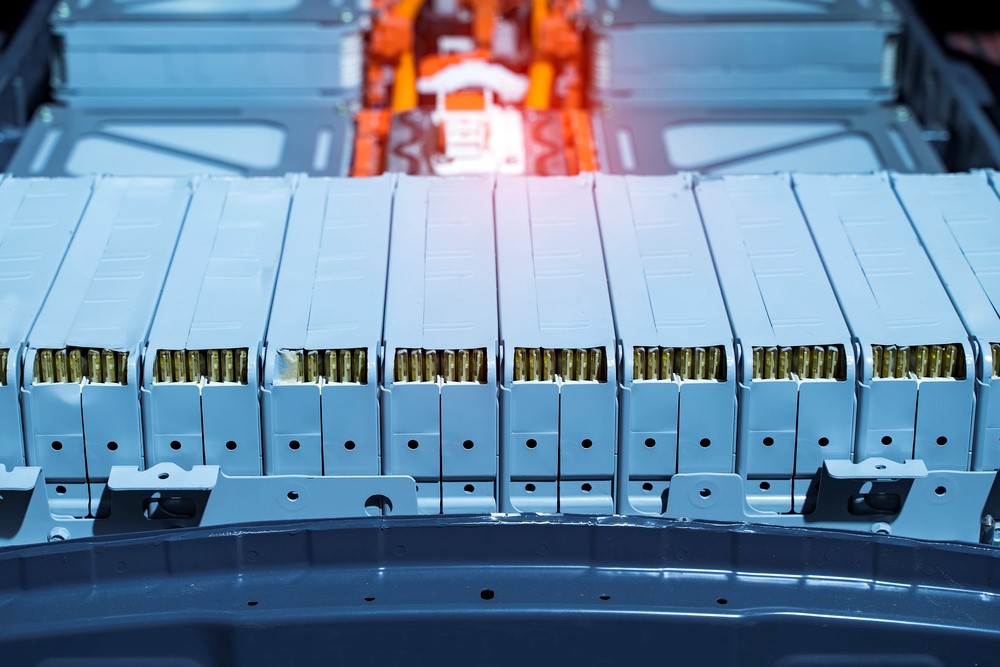
Lithium Battery Innovations: From Solid-State to Lithium-Air
Lithium batteries have become indispensable to our lives, powering everything from smartphones and laptops to electric vehicles and renewable energy systems. As technology advances, researchers and scientists are constantly exploring new avenues to improve lithium batteries’ performance, efficiency, and safety. This article will explore two cutting-edge innovations in lithium batteries: solid-state and lithium-air batteries. These breakthrough technologies promise to revolutionize how we store and utilize energy.
Solid-State Batteries
Traditional lithium-ion batteries have served us well, but they have their limitations. One of the primary concerns is their reliance on liquid electrolytes, which pose safety risks and limit the overall energy density of the battery. On the other hand, solid-state batteries employ solid electrolytes, eliminating the need for flammable liquids and offering enhanced safety. These batteries also exhibit higher energy density, longer lifespan, and faster charging capabilities.
Researchers worldwide are actively working on developing solid-state batteries that are safe, efficient, and cost-effective. By leveraging advanced materials and fabrication techniques, they aim to overcome the challenges associated with solid-state battery production, such as limited conductivity and high manufacturing costs. The potential applications of solid-state batteries range from portable electronics to electric vehicles, where their improved performance can lead to longer battery life and reduced charging times.
Lithium-Air Batteries
Imagine a battery that can store energy by using the surrounding air! Lithium-air batteries hold the key to this futuristic concept. These batteries utilize a lithium anode and an air cathode to exchange lithium ions with oxygen from the air. This unique design allows lithium-air batteries to achieve extraordinarily high energy density, potentially surpassing even the most advanced lithium-ion batteries.
However, several challenges must be overcome before lithium-air batteries can become commercially viable. The main hurdle lies in developing stable electrolytes and cathodes that can withstand the highly reactive nature of lithium. The issue of poor cycle life and limited rechargeability needs to be addressed. Despite these challenges, researchers are making significant strides in understanding the fundamental mechanisms of lithium-air batteries and developing novel materials and designs. You get 15% OFF CODE: goldenmate.
Current Innovations in Lithium Batteries
In addition to solid-state and lithium-air batteries, numerous innovations are shaping the future of lithium battery technology. Materials science is crucial in improving battery performance, with researchers focusing on developing advanced electrode materials and electrolytes. For example, the use of silicon in battery anodes has shown promising results in significantly increased energy density.
Furthermore, battery management system advancements are improving lithium batteries’ safety, reliability, and lifespan. Intelligent algorithms and real-time monitoring enable better battery performance control and prevent overcharging and overheating issues. These innovations contribute to lithium batteries’ overall efficiency and longevity, making them more suitable for diverse applications.
Challenges and Future Outlook
While significant progress has been made in lithium battery innovations, there are still challenges to overcome. Standardization and scalability are crucial for the widespread adoption of new battery technologies. The development of universally accepted standards for battery components, manufacturing processes, and safety protocols will facilitate large-scale production and integration into various industries.
Looking ahead, the future of lithium battery technology appears promising. Ongoing research and development efforts continue to push the boundaries of energy storage, aiming for higher energy density, faster charging times, and improved safety. As lithium battery innovations mature, they have the potential to transform industries such as electric vehicles, renewable energy systems, and portable electronics. The continuous pursuit of innovation in lithium batteries brings us closer to a sustainable and energy-efficient future.
Conclusion
In conclusion, lithium battery innovations, from solid-state to lithium-air, drive significant energy storage technology advancements. Solid-state batteries offer improved safety, higher energy density, and faster charging capabilities than traditional lithium-ion batteries. On the other hand, lithium-air batteries promise to achieve unprecedented energy density by utilizing the surrounding air. Both these innovations, along with other advancements in electrode materials and battery management systems, are shaping the future of lithium battery technology.







